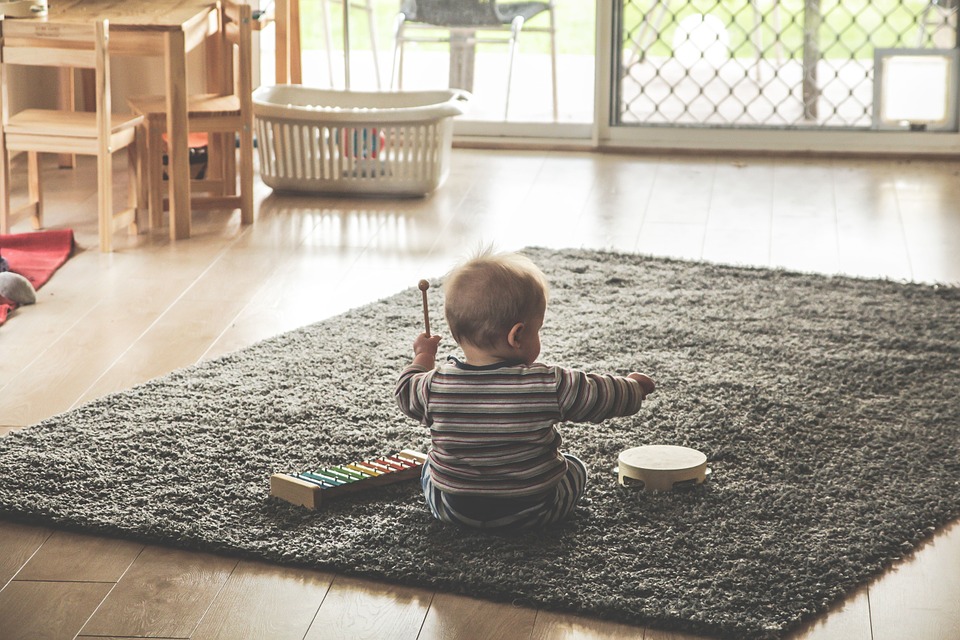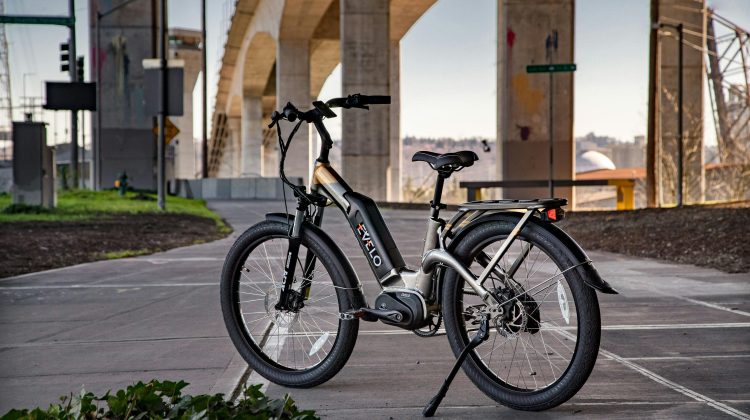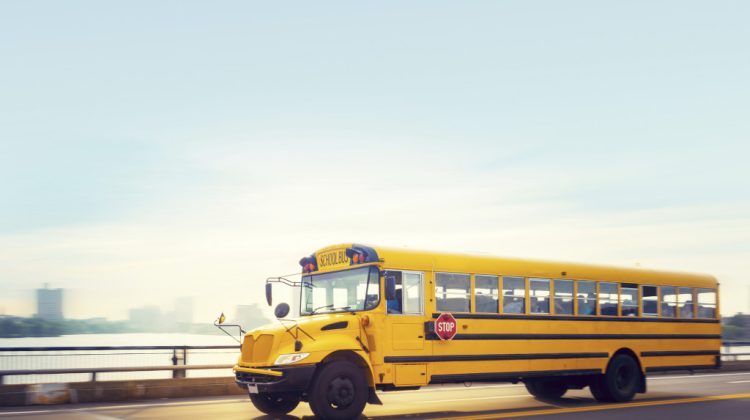What is Babyproofing?
Babyproofing your home involves taking steps to ensure your home is safe for your little ones. Childproofing can often be overlooked as parents do not see the possible dangers of their home however, it should not be ignored. According to Stanford’s Children Health, around 2,000 children die each year due to unintentional home injuries such as burns, suffocation, drowning, falls, and choking.
Beginning the babyproofing process 1-3 months before the baby’s due date can give parents enough time to make the proper preparations. Some parents find it necessary to babyproof once their baby begins crawling (around 6-10 months). Whether you have a little one on the way or have already greeted your little bundle of joy, it is never too late to take these steps to ensure your home is safe for the new member of the family.
How to Babyproof Your Home
Babyproofing does not have to be a daunting task; a few simple steps and products can greatly improve your home’s safety.
Babyproofing the Kitching
The kitchen presents many hazards to children as they do not understand how to navigate this area. One of the best ways of protecting your child from the dangers of the kitchen is by installing a gate to keep them out. However, children are naturally little explorers and may be able to figure out how to unhook latches or unlock the gates. Because of this, it is important to take additional steps in making the kitchen safer that include:
- Putting all cleaning supplies and chemicals in hard-to-reach cabinets.
- Securing the oven with knob covers and oven locks.
- Storing all sharp objects such as knives, food processors, blender blades and glassware in high cabinets.
- Adding locks to all kitchen cabinets and drawers.
- Using the backburners of the stove when cooking. If using the backburners is not possible, remember to face pot and pan handles towards the back of the stove.
- Keeping a lid on the trashcan and automatically take out the trash when hazardous materials (i.e. chemical bottles, broken glass, etc.) are disposed of.
Babyproofing and Choosing Safe Furniture
The number of furniture and appliance-related injuries among children has risen over the past decade. Furniture manufacturers do not have a mandatory stability standard – stability and safety testing are up to the discretion of each company. Considering this, parents should take proactive measures in choosing and securing furniture. To prevent injuries parents should:
- If possible, opt for furniture that can hold up to 60 pounds without tipping over. Consumer Reports conducted a test to measure the stability of dressers from a variety of manufacturers that can be found here.
- If refreshing your home with new furniture is not in your plans, secure your existing bedroom, living and dining room furniture with anti-tip anchors.
- Cover sharp furniture corners with gel pads.
- Install safety latches or locks on drawers.
- When buying a crib, ensure the product’s material is sturdy and that the bars are not wider than 2 3/8 inches apart. Additionally, do not place the crib near windows as window cords can be choking hazards for your little one.
However, thoroughly researching furniture before purchasing does not completely remove any chance of an accident. Accidents due to faulty parts of products are still a possibility. If your child suffered injuries caused by a defective product, some of the best personal injury attorneys in San Bernardino can help you hold a negligent manufacturer responsible for your losses.
Babyproofing the Backyard
When babyproofing, parents often focus on the interior and forget about the exterior of the home. To mitigate the risk for children getting hurt when playing in the backyard parents can:
- Use the same precautions outlined above with outdoor furniture.
- Install fences to block off pools and jacuzzies.
- Avoid planting toxic and prickly plants like cactuses. The Poison Control Center has put together a comprehensive list of potentially poisonous plants for children.
- Fencing off gardens with mesh wire is also a great option in protecting children from ingesting potentially toxic plants.
- Install soft surfaces like grass or fake grass around children play areas to prevent serious injury when falling.
Overall Babyproofing Safety Measures
Additional babyproofing measures can be taken throughout the home that includes:
- Covering all electrical outlets with plugs to prevent shocks.
- Securing fireplaces with sturdy screens so baby cannot knock them over.
- Prevent choking by tieing all window chords high and out of reach or replace window cords with cordless options.
- Ensuring your water heater is set under 120 degrees to avoid burns during bath time.
- Installing gates around the stairs.
- Using placemats instead of tablecloths. Babies can pull down on tablecloths and drop plate, glass, and silverware on themselves.





No Comment